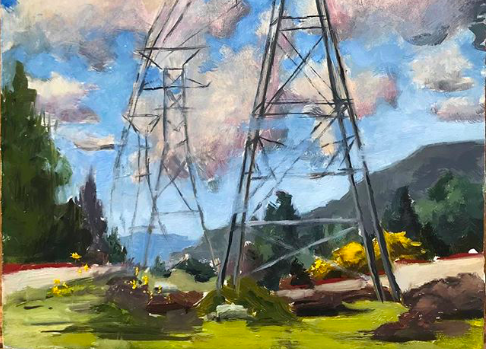
06 Jul Sureya Davis: An Artist Pursuing Her Own Path
While most cling to the familiar, artist Sureya Davis strives for the unknown. Davis is an African American Orange County-based artist who was originally born in Staten Island, New York, but would ultimately move to Southern California to pursue her career in art.
“I knew going into this profession as a woman of color, it would not be simple, but my drive to create is stronger than my fear of failure.”
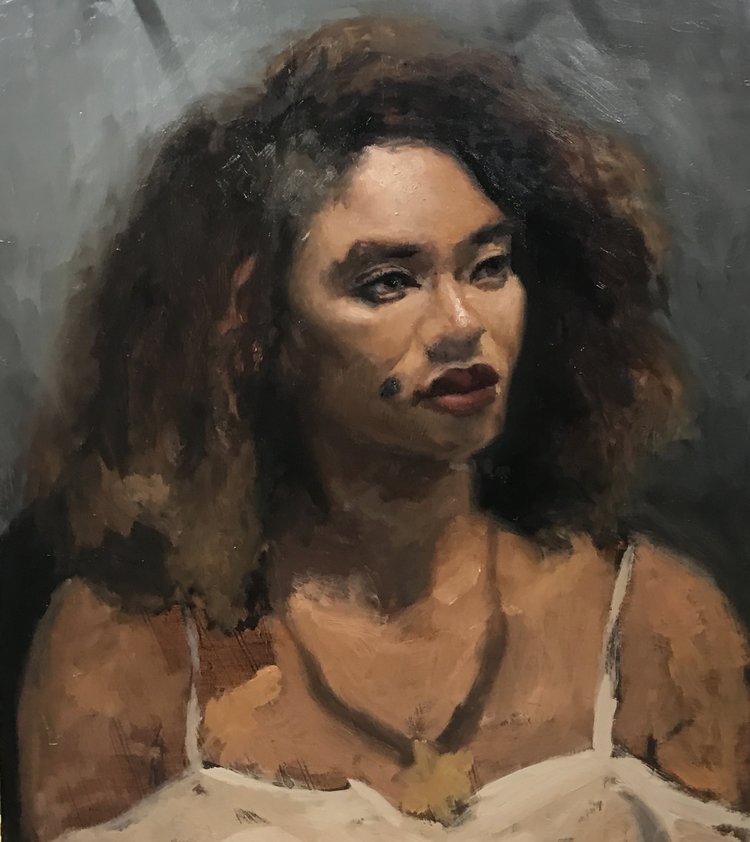
When asked what the driving force for Davis to become an artist was, she responded:
Creating has always been something I naturally gravitated towards, whether it was writing imaginative stories in the comfort of my bedroom, learning to cook in the confines of my parents’ kitchen, or drawing cartoon characters from my favorite childhood television shows. Finding different ways to release my creativity has always been an outlet for me to cope with the constantly changing areas of my life. In saying that though, being an artist wasn’t something that I always knew I wanted to do. Sure, I was always drawing or painting as a kid but creating art for a living wasn’t something that actively crossed my mind. It wasn’t until my junior year of high school when the what-am-I-going-to-do-with-the-rest-of-my-life moment hit that I finally woke up with one conclusion in mind. That whatever I chose to do in life would never be as fulfilling to me as becoming a professional artist.
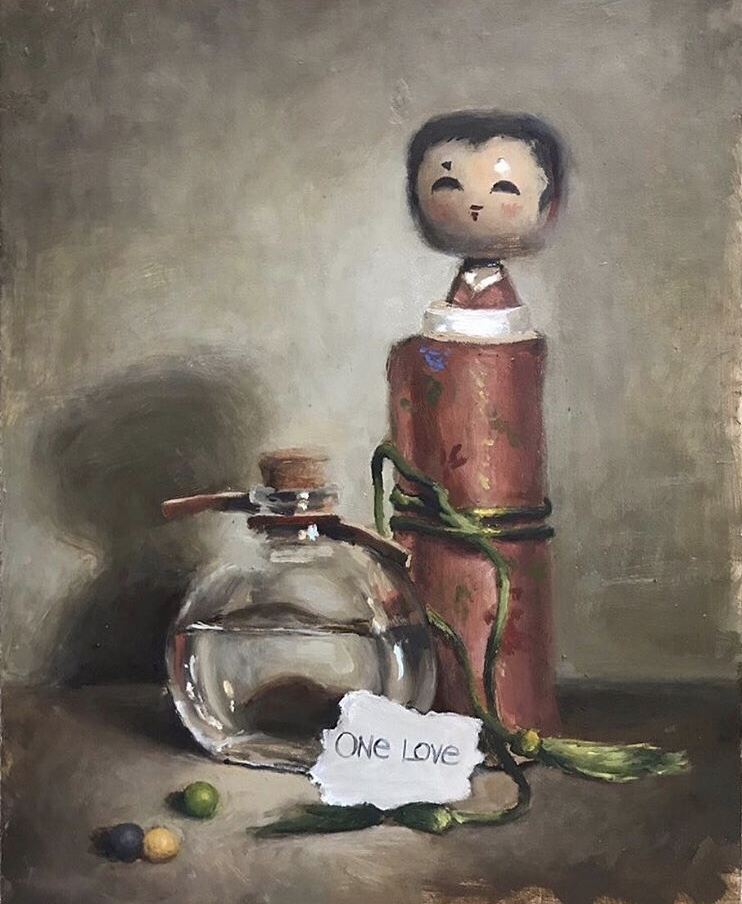
In pursuit of this revelation, Davis began her studies in art independently, at home, and would use Art Instruction Schools (an online art program) to study as an artist in a nontraditional way. Davis would enter many art competitions locally and for magazines where she would obtain many first and second place positions. But ultimately, Davis decided to study in California at the Laguna College of Art and Design (LCAD). Here, Davis would further her skills in painting and would continue to develop her own painterly style. Over the course of her education, Davis became fixated on the art of portraiture, but with a twist. The subject matter need not be a person, as traditional portraiture would demand, but may instead show the “face” of an object. Davis believes heavily that objects have a place in this genre of painting, because of how humans anchor memories and key moments in their past to not only people, but objects or scenes as well.
“My body of work is for myself as an artist to decide.”
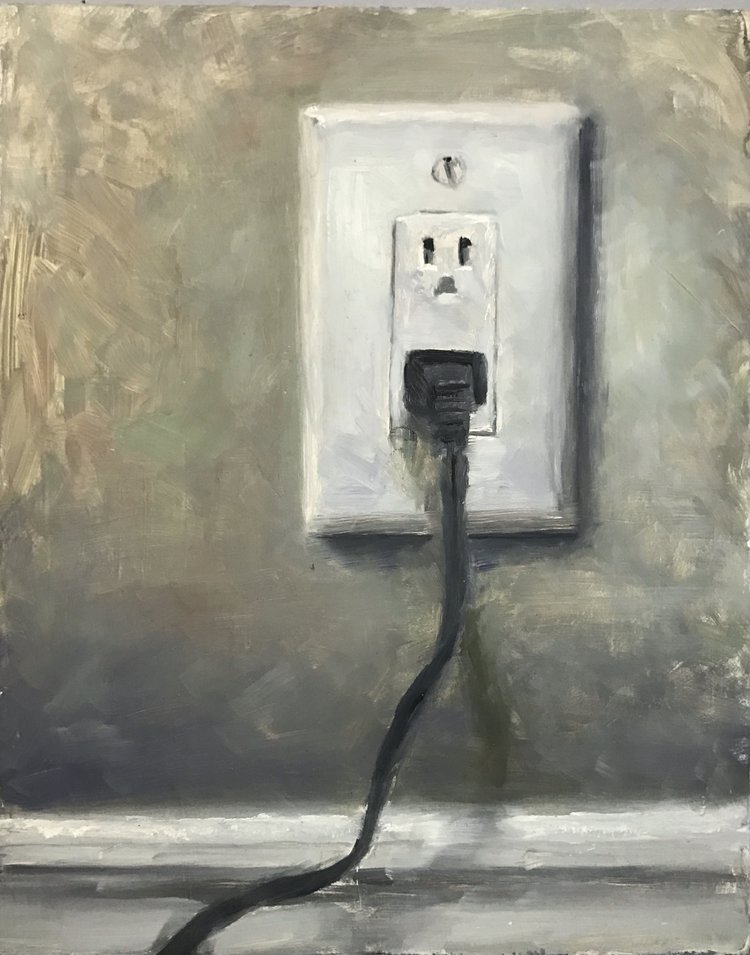
Davis developed her style from a concept that stems heavily from her childhood. Her father was a member of the United States Marines. That, alongside being an African American produced many variables as she grew up with constant relocation being a necessity. A home, a friend, family members, all of these are no longer consistencies when one is a child of the armed forces. For Davis, the faces she could remember or the objects she has seen mean everything, because the ever-shifting world around her is home, her sense of familiarity. So, when Davis portrays an object in a portrait, it is handled with the utmost care and presented in such a formal way that one cannot help but to see the object as dignified or prestige; much like how many try to present themselves in a portrait. But being a female of color in the art world with such a unique perspective on portraiture can present challenges. And with regards to how life has been as an African American artist, Davis explains:
Being born black has always come with a certain standard. No matter how much my parents wanted to shield me from that standard during childhood, the thought that maybe I was “different” than my blonde-haired childhood best friend has never been lost on me. Being a black artist is no different. I guess we are considered rare. It could be because in this day and age being a professional artist is sometimes viewed as “risky” or it could simply be denounced as this: As of right now, just like many other professions, the Western art world is very much dominated by males who are not of color. Because of this, I’ve always been told that it might be harder for me to find representation by a highly praised gallery, to find a job that I am qualified for, or even be recognized in the same playing field as my counterparts. These are not possibilities that I ignored as I pushed forward… I knew going into this profession as a woman of color, it would not be simple but my drive to create is stronger than my fear of failure. Yes, there will be specific, unique obstacles to overcome because of my set of circumstances, but with the help of my colleagues, my teachers, and my drive, the hurdles that it might take to find gallery representation, teaching positions, or even to get my work noticed by the public, isn’t as scary as if I were doing it alone.
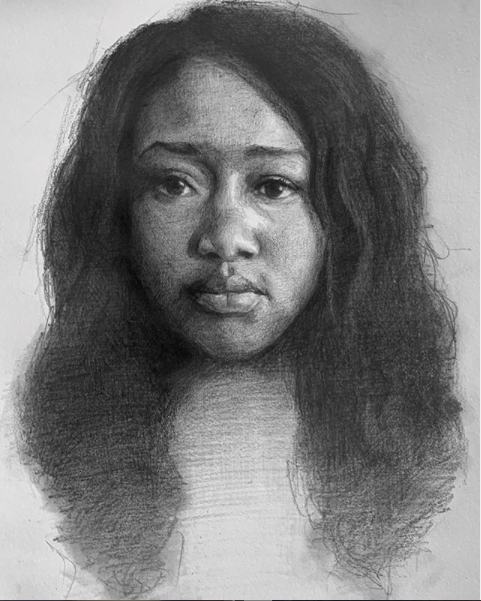
Davis feels the pressure from society and her peers to create work with content of a specific nature, as most artists can feel from time to time, especially during schooling, but she remains firm in her own style and search:
I’ve had many people tell me what I “should be” creating because I am a female and a person of color. I’ve had many people try to steer me to one direction, claiming that I will be brought to fame if I paint a certain area of society that depicts a certain type of living or person. Because I am a woman of color, I’ve had many people tell me that my subject matter needs to show the struggles that “people of my kind” endure. There is a standard that I am held to, but my reasoning behind not falling into the line of what I should be doing is simple. My goal as an artist is exactly what I said before. I am in a constant search to understand the world around me and myself. If that understanding comes to me through portraits of people that I surround myself with daily, then so be it. If my art seeks only to depict the mundane objects I see in my everyday life, then great. My conclusion is as follows: My body of work is for myself as an artist to decide.
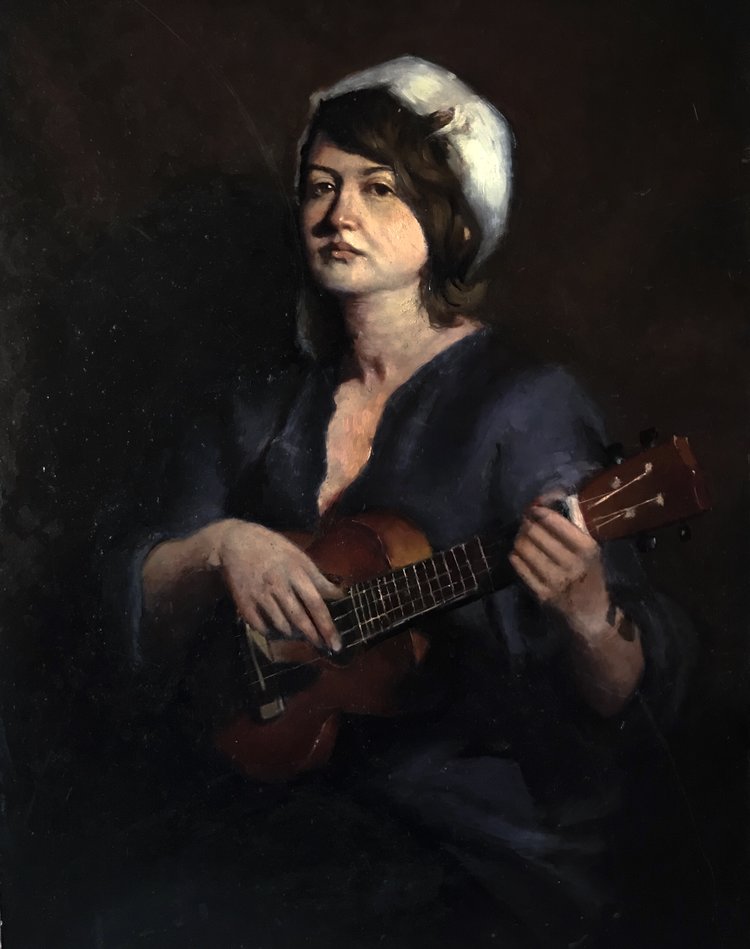
And like the ideals embodied in Davis’ painting, so too are they shown in her unique style. Each stroke has a rough, gestural energy contained in them, giving Davis’ portraits a form of emotion. It’s as if the viewer can look past the visual appearance of the subject matter and is given an opportunity to feel what it means to Davis personally. And that feeling is the constant motion that Davis has found herself in, a lack of stillness or stability. As Davis makes each painting, she explains that it helps her gain further perspective on her life and what people or objects in her life mean to her, to better understand the visceral feelings of motion that have been instilled in herself. With regards to her unique style, Davis explains:
It wasn’t until I reached college and learned a new way of thinking that I realized I didn’t want to just be an artist that copies what I see in front of me, rather, I needed something else to act as an aid to my picture-making. Technique was my focus in college. I learned to replicate an image with that sense of accuracy as well as play around with different types of mark-making. I developed a friendship with learning—that’s what I truly was after, and I guess my style just came naturally after I realized that.
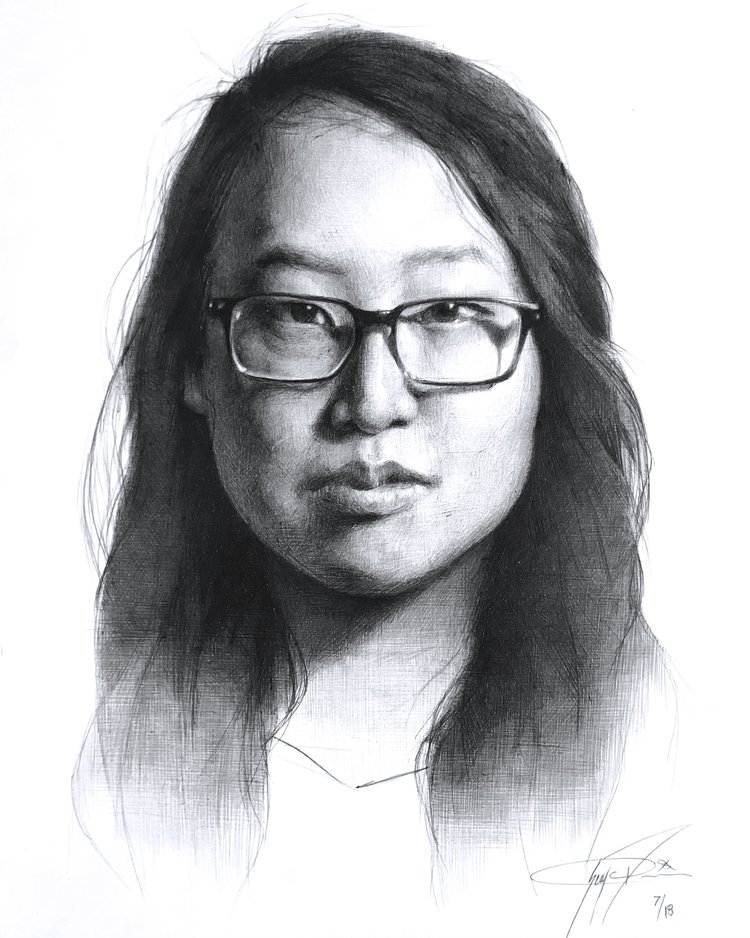
Using this drive, Davis has won many local art awards here in OC, including the Festival of the Arts Scholarship, the Plotkin Memorial Foundation Scholarship, the (Laguna Beach) First Thursday Art Walk Scholarship, and the Excellence in Art Award. In the future, she plans to continue her studies by pursuing her MFA and will continue to strive for more gallery representation. As a closing statement about the tumultuous times the United States finds itself in, Davis proclaims how she feels about it as a whole and as an artist:
I’ve been observing what’s been happening in the world right now and it has pained me to see such divide, hurt, and anger . . . I hold my own opinions of what I would like to see happen or not happen, but even so, I have not felt compelled to depict everything I am seeing or experiencing during this time in my own art. I respect those who do feel that compulsion and applaud them for using their art to speak up, but for myself right now, I do not feel the need to chronicle this time into my body of work. Like I mentioned before, I am still trying to develop my voice and whatever that voice may be, it’s very much something I need to decide on my own. This time has definitely been harmful on many, hurtful to most, and hard on everyone, and I’m not saying I don’t want to vocalize my opinion but I am choosing to do that through my voice in writing and speaking rather than my voice as an artist.
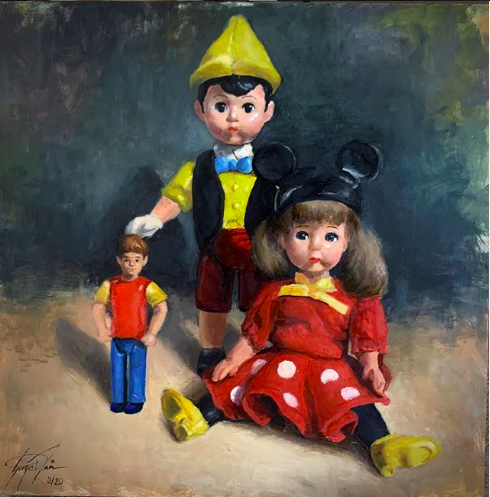
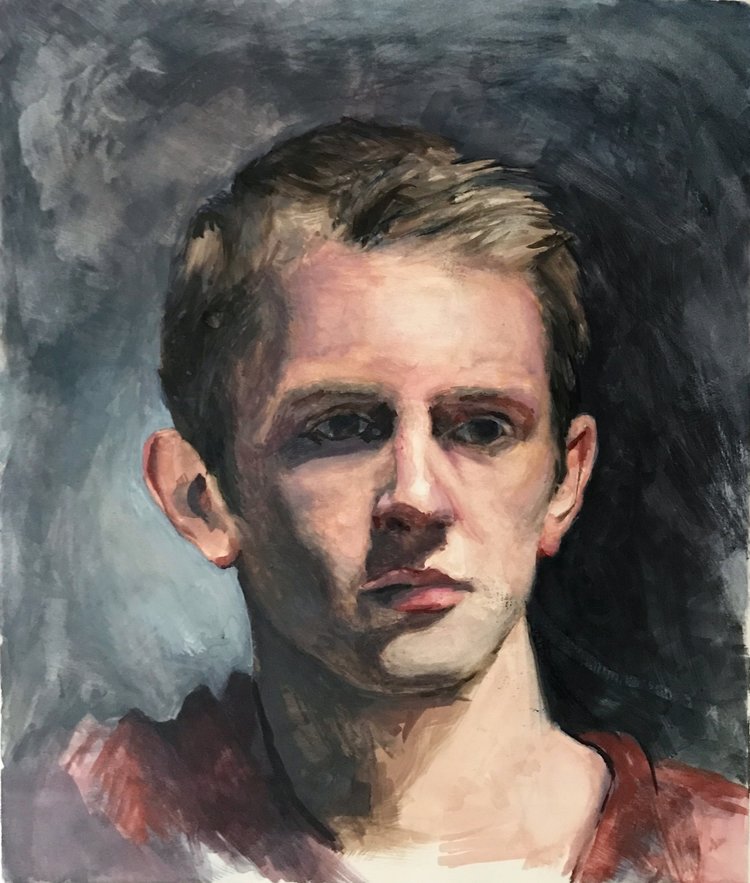
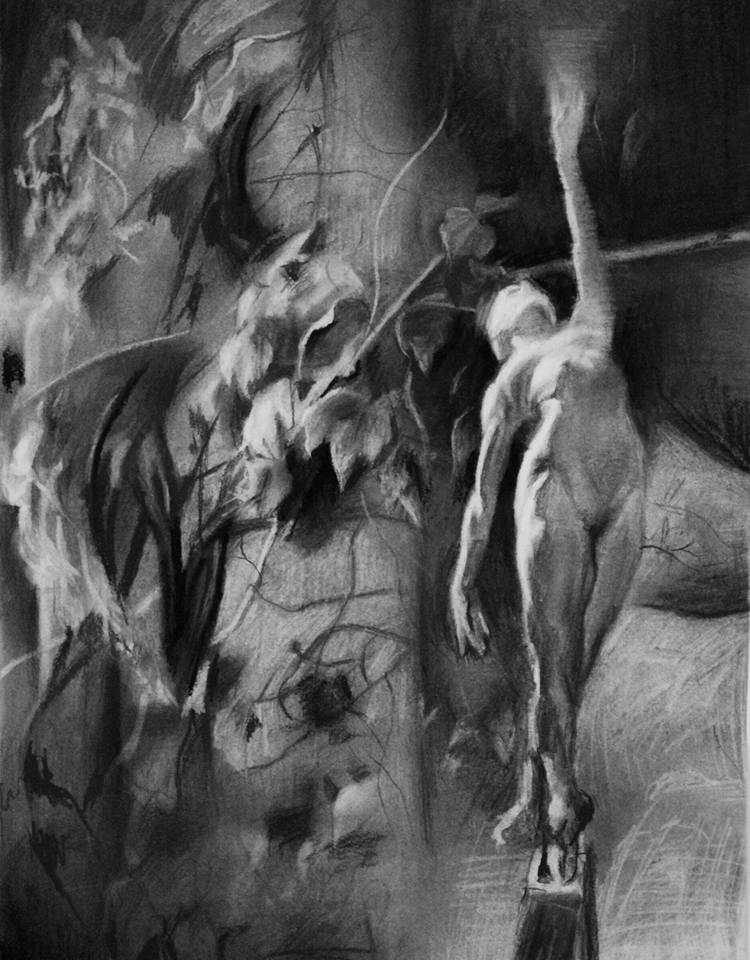
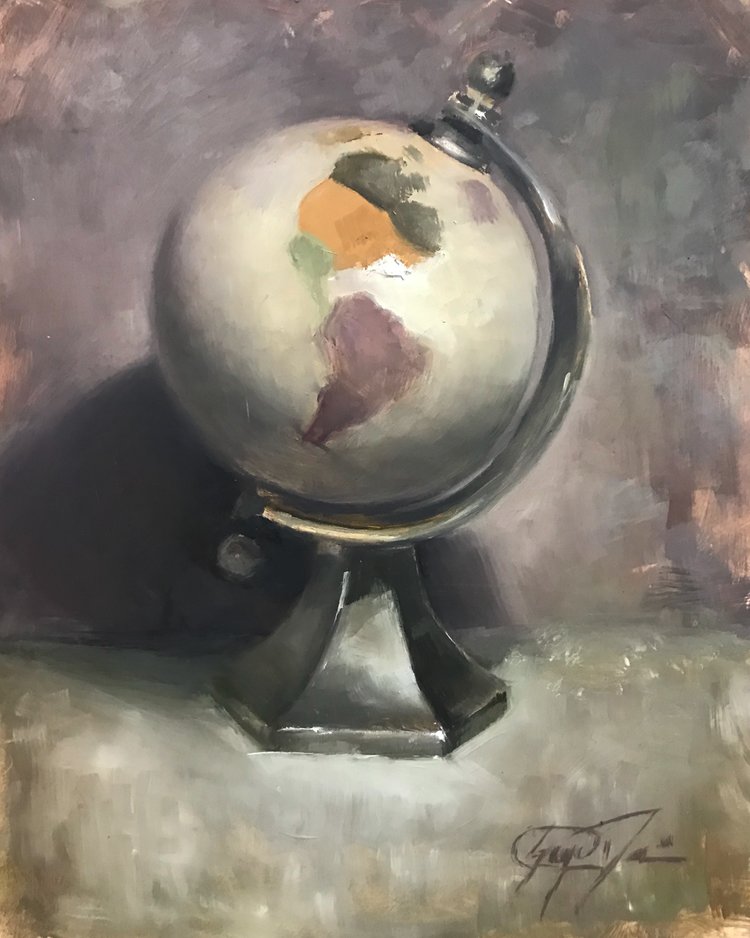
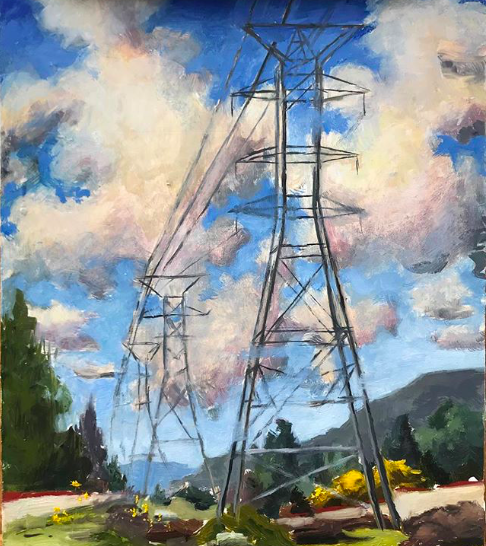



Sorry, the comment form is closed at this time.